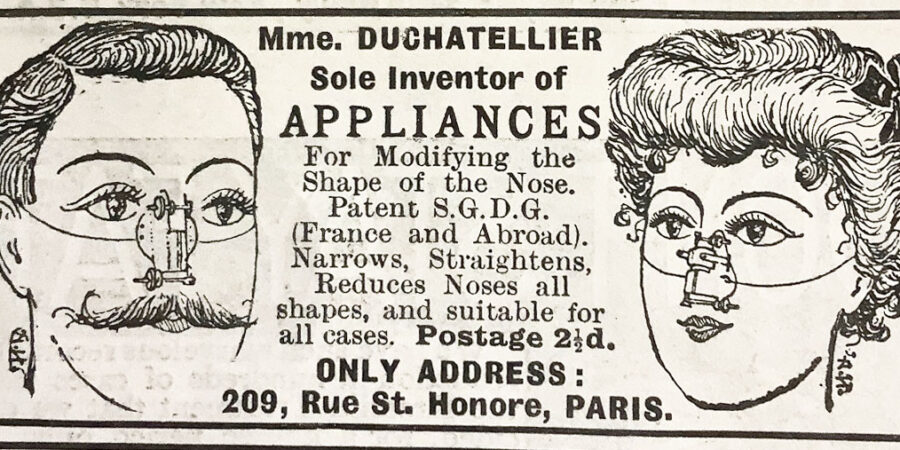I love research, and find it hard to let go of it and get on with what I really should be doing – focusing on the WRITING, and putting all my research work to good use.

I particularly enjoy looking at the adverts in The Strand magazines, 1900-1910 ( another enjoyable distraction). I have collected quite a few copies of the magazine as they are very interesting and amusing to read, and a lot can be learned about that period of history. Also, I can use any images freely, as illustrations in the book, without worrying about copyright and permissions.

Everything, at the moment, is about the BOOK. I have mentioned it in an earlier blog
The current title is: An Edwardian Charm Offensive: How the press made a celebrity of millionaire fraudster Violet Gordon Charlesworth – who faked her own death in a motor car accident in January 1909, and disappeared, to escape from the people she conned loans from – friends and neighbours, credit from tradesmen and bankers, who believed that she was going to inherit large sums of money from a wealthy suitor who had died in the Boer War; her inheritance was due on her 25th birthday,13 January 1909. The car ‘accident’ took place 2 January while Violet was at the wheel, having taken her chauffeur’s place. As she said later, when she reappeared, ‘he wasn’t driving fast enough.’
There is plenty to learn about the Edwardian period – technically 1901-1910, but usually extended to 1914, the outbreak of the Word War One; sometimes called ‘The gilded age ’ or ‘the age of decadence’. Fashion, cost of living, entertainment, transport, new technology, politics – plenty more aspects to explore.
Every advert is a gem of history, contributing to my understanding of that period and what Miss Charlesworth represented to the world.

The main source of my Violet material has been gathered from a large range of newspapers online from the British Newspaper Archives (BNA) and The National Library of Wales. I was delighted to find that Devizes Museum had a cuttings book with all the news reports of the Charlesworth’s Case, from the Daily Chronicle – a much-respected newspaper in those days. I photographed every page and transcribed them- using dictation on my computer. Result over 40,000 words. Nearly a book, you might say. If only.
The Chronicle is a useful basic source. I cannot rely on it for everything. There are so many other accounts, from reporters around the world – from the Dundee Courier to the Albuquerque Citizen, conflicting information, different slants, from friends and creditors, for example; the Charlesworth Family lied pretty well about everything. I have to choose the elements which stand up to scrutiny and adapt the narrative to keep as faithfully as I can to what appears to be the truth. I’d love to say ‘no fake news here’, but it’s all about Violet, who created her own ‘character’ and own world she wanted to live in. Sadly, she lied herself into prison, losing everything she had, and her reputation.
This is a taste of the complex nature of Violet’s story.
This is part of a long list of people who had a connection to Violet Charlesworth, whose names I collected from all the newspapers as I read the reports. Everyone played a part – major, minor, walk-on, in her drama:
Mr Herraughty, pawnbroker, Mill Street, Perth
Mr J Moody, jeweller, Crewe
Mr B. Samuel, financial agent, Leicester
Mr J.A. Arnold, JP from Derby, friend of family
F.D. Gamlin, solicitor, High Street, Rhyl
Mr Arnold Cheetham, Rhyl, phrenologist, cinema proprietor, film maker, gramophone & record salesman, Violet requested a list of all Scottish music recorded.
Mme Sheringham, fortune teller and palmist, Rhyl- gave advice to Mrs Glass, about whether her husband Benjamin Glass, should accept an order of goods from Miss Violet.
Mr William H Buxton, manager of Messrs Thornycroft’s car department, St Asaph, after the motor car accident, drove to Penmaenbach at the request of the police – to collect passengers Lilian and Watts from the nursing home and take back to Bod Erw.
Dr Moreton Roberts, Penmaenbach, attended scene of motor accident
Mrs Macpherson, landlady, Temperance Palace Hotel, Oban where ‘The Missing Lady’ was found.
Mr Maclean, proprietor, Mishnish Hotel, Tobermory, found Violet’s torn telegrams
Mrs Beattie, owner, Baliscate Farm, Tobermory, where Violet planned to rent a cottage
Mr Bailey, motor car dealer, Stafford, sold Violet her first car – second hand 15 horse power Humber.
Mr Sidney C. Holloway of Minerva Goods & Repairs Ltd, Tottenham Court Road, car dealer
Mr. Walter Bentley, theatrical agent
Mapleson and Co., Ltd., opera and concert agent
Mr Pickford, Worksop, Nottinghamshire, show judge and breeder of St Bernard dogs
Mrs Walden, police matron at trial in Derby.
That in itself gives you some insight into how busy Violet was, how much she travelled around the country, and what she might have been up to. My favourite is Mme Sheringham. I can see her in a darkened room, with her crystal ball, tarot cards, hair tied up in a colourful bandana; Arnold Cheetham is interesting too. A gentleman, tweedy, serious – whiskers, I imagine him winding up a gramophone with one hand as he explores your head, reading the lumps and bumps of your cranium.
Now, back to the BOOK after this little distraction.

